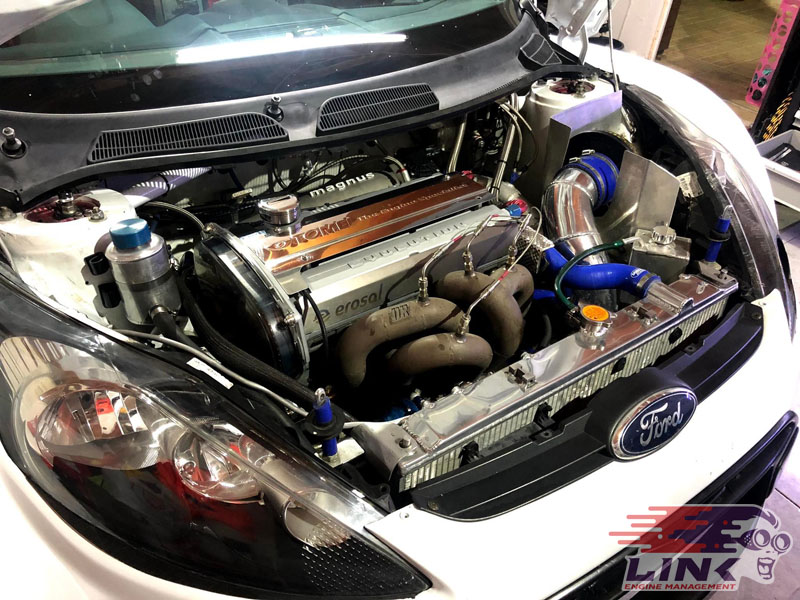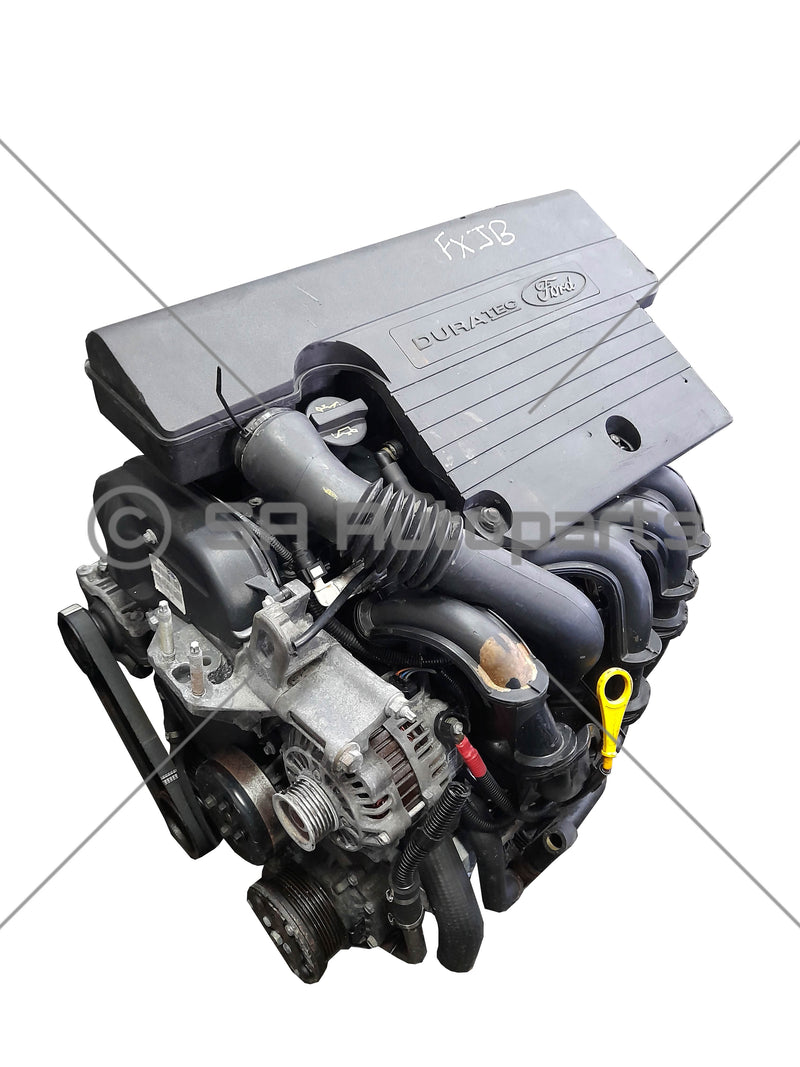What to Look for When Buying a Used Ford Fiesta Engine
What to Look for When Buying a Used Ford Fiesta Engine
Blog Article
Discovering the Evolution of Engines: From Traditional Styles to Modern Marvels
From the first vapor engines that powered the Industrial Change to the emergence of interior burning engines that changed wheelchair, each phase has added to higher performance and capacity. As we check out these landmarks, one have to think about exactly how the future of engine design might unravel, challenging our assumptions of power and effectiveness.
The Birth of Engine Modern Technology
The arrival of engine technology marked a critical moment in human technology, changing power conversion and transport. The earliest engines arised from the demand to harness mechanical power for practical use, resulting in the growth of tools that transformed various energy forms into movement. The concept of the engine can be traced back to ancient human beings, where basic devices, such as the waterwheel and windmill, made use of all-natural pressures to perform work. It was throughout the late 17th and very early 18th centuries that significant improvements started to materialize.
The development of the internal burning engine and the creation of the heavy steam engine catalyzed an extensive shift in industrial capabilities. These engines not only enhanced effectiveness yet additionally expanded the range of human mobility, allowing unmatched transportation opportunities. The early models laid the groundwork for the mechanized globe, assisting in the rise of sectors and reshaping societal structures.
As engine designs developed, they included cutting-edge materials and advanced engineering principles, leading the way for contemporary advancements - ford fiesta engine. The birth of engine innovation sparked a relentless search of effectiveness and power, setting the stage for the vibrant advancement of transport and industrial equipment that would certainly adhere to
Steam Engines and Their Effect

The steam engine's impact was particularly evident in the transport field (ford fiesta engine). Steam-powered engines helped with the quick motion of products and people throughout large distances, effectively shrinking the geographical barriers that had actually formerly hindered profession and communication. Steamships reinvented maritime travel, permitting for quicker and extra reputable crossings of seas and rivers.
In sector, steam engines powered factories, making it possible for mass manufacturing and the rise of urban facilities as hubs of financial task. Heavy steam technology cultivated technologies in design and manufacturing procedures, laying the groundwork for future developments in engine design.
The Increase of Inner Burning
Regularly overshadowing heavy steam power, the rise of inner burning engines noted a transformative shift in transport and sector throughout the late 19th and very early 20th centuries. The development of these engines, characterized by their ability to shed gas within the engine itself, enabled greater efficiency and power compared to conventional steam engines. Introducing developers such as Nikolaus Otto and Rudolf Diesel played vital roles in developing engine styles, bring about prevalent fostering in go to these guys vehicles, boats, and industrial equipment.
The inner burning engine's compact dimension and reasonably lightweight nature helped with the appearance of personal vehicles, revolutionizing individual mobility and reshaping metropolitan landscapes. By enabling faster travel and the effective transportation of items, these engines militarized financial development and cultivated globalization. The versatility of gas options, including fuel and diesel, even more enhanced their allure, enabling varied applications across different markets.
Despite the environmental issues that would certainly later occur, the first allure of inner burning technology lay in its transformative possibility. As culture welcomed this technology, the structure was laid for modern transportation systems, establishing internal burning engines as a keystone of commercial advancement and everyday life throughout the 20th century.
Advancements in Engine Performance
As interior burning engines came to be important to transportation and sector, the focus changed towards boosting their efficiency to meet growing needs for performance and sustainability. Advancements in engine design, product science, and modern technology have actually significantly contributed to this development.
One major improvement is the advancement of turbocharging, which allows for boosted air consumption, resulting in more complete gas combustion and enhanced power result without expanding engine dimension. Additionally, variable valve timing systems have been executed to maximize engine efficiency across various RPM varieties, thereby improving fuel efficiency.
The usage of advanced fuel shot technologies, such as direct shot, has also played a vital function. This approach enables for even more specific control over the fuel-air mixture, promoting better burning and lowering discharges. Moreover, lightweight materials, consisting of light weight aluminum and composite parts, have actually been adopted to minimize overall engine weight, resulting in boosted effectiveness.
These advancements mirror a wider pattern within the automobile sector, where the harmony in between design development and environmental considerations drives the recurring mission for higher performance in interior combustion engines. Because of this, contemporary engines are now extra effective, cleaner, and effective than in the past, paving the method for a much more sustainable future in transportation.
The Change to Electric Power
With expanding concerns over ecological influence and nonrenewable fuel source dependency, the automobile industry is experiencing a significant change towards electric power. This transition is driven by a mix of technological improvements, regulatory stress, and altering customer choices. Electric automobiles (EVs) supply an engaging choice to conventional internal combustion engines, flaunting lowered greenhouse gas exhausts and reduced operating prices.
The rise of battery modern technology has been a video game changer, with lithium-ion batteries ending up being more cost-efficient and efficient. Enhanced power density and faster charging capabilities have made EVs extra functional for daily usage. Federal governments worldwide are carrying out motivations and Click This Link establishing ambitious targets for phasing out fossil fuel automobiles, consequently increasing the fostering of electrical power.
As charging infrastructure expands and battery technology continues to boost, the change to electric power is poised to reshape the automobile landscape, advertising sustainability and innovation in the years to come. The future of transport is electrical, and the energy is indisputable.
Verdict
The advancement of engine technology represents a considerable trajectory of advancement that has actually exceptionally affected transport and market. From the foundational steam engines to the transformative interior burning engines, each growth has added to boosted movement and financial growth. The present change toward electrical power highlights a crucial this post commitment to sustainability, driven by advancements in battery modern technology. This recurring development not only shows altering social demands but likewise highlights the capacity for a cleaner and much more efficient future in engine layout.

Report this page